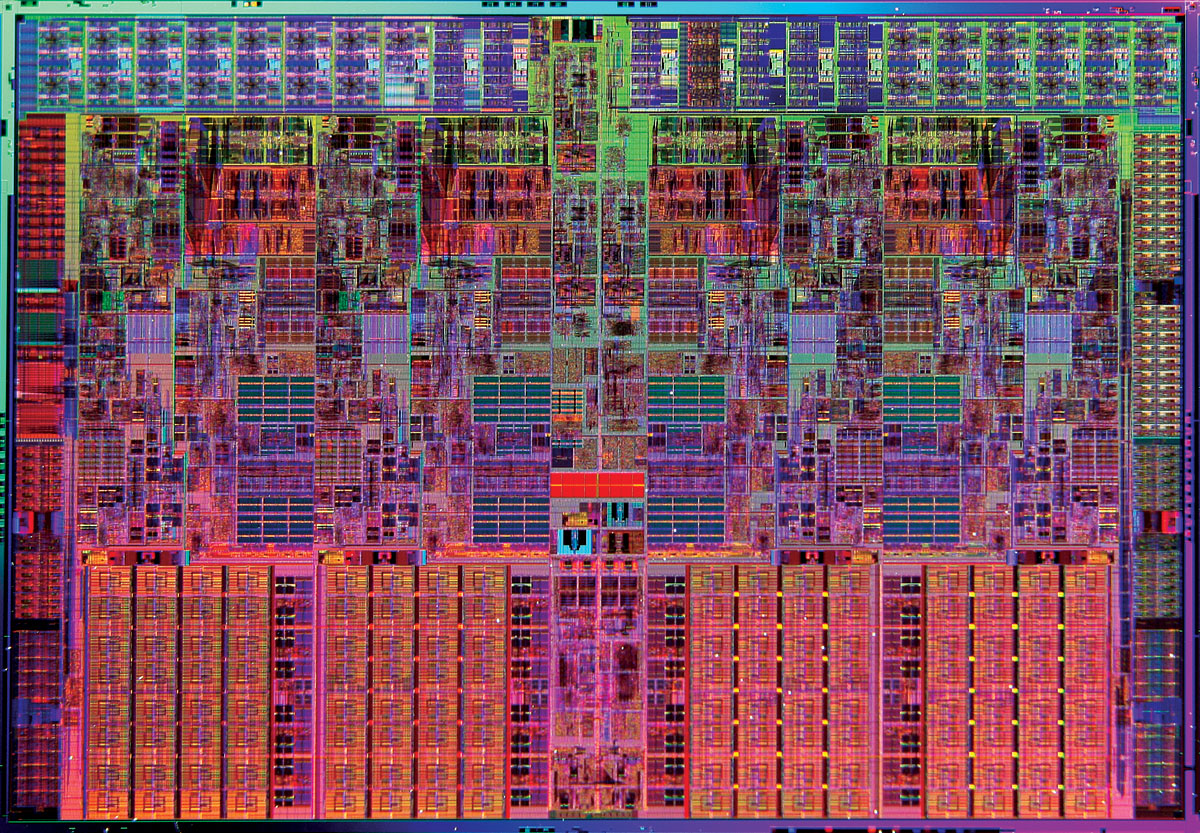Tag Archives: Moore’s Law
I warned you

A couple of classes ago, we talked about the memristor being developed by Hewlett Packard. We mentioned it doesn’t work on straight binary, or the on-off paradigm of current transistors used in computer chips, and that would allow for vastly increased storage and speed, instant boots, and much lower power consumption.
We also discussed that there were claims it would give machines a low level of sentience, or self-awareness – remember our discussion of Black Widows? So in the spirit of our discussion of the memristor and its implications, I found this article over on CNN that not only discusses the memristor, but also reiterates all the concerns and issues we discussed in class.
Speaking of Moore’s Law

In class last Friday we talked about Moore’s Law, which in a general sense states that the number of transistors on an integrated circuit will double every 18 months to 24 years. However it has also been used to state more generally that the capabilities of technology – whether digital photography or cell phones or connected houses or even light bulbs now – will double every couple of years.
In an article over on Ars Technica titled “Intel Forges Ahead to 10nm, Will Move Away From Silicon at 7nm,” they describe the never-ending process of shrinking the size of transistors and increasing the number that processors have, not just to make electronics faster and smaller, but also to keep up with Moore’s Law. the ‘nm’ refers to ‘nanometer,’ a very small measurement that is so small perspective becomes mandatory. A nanometer is one millionth of a millimeter, or for a more immediate comparison, a human hair is around 75,000 nanometers.
